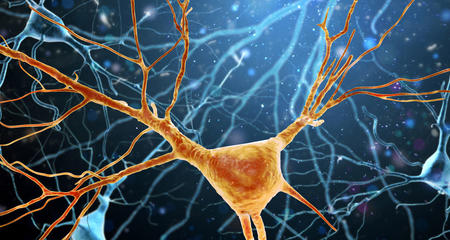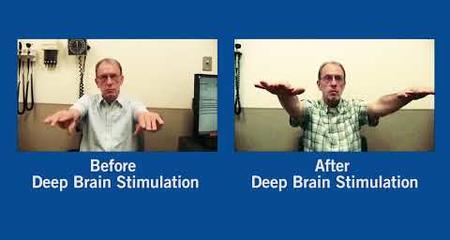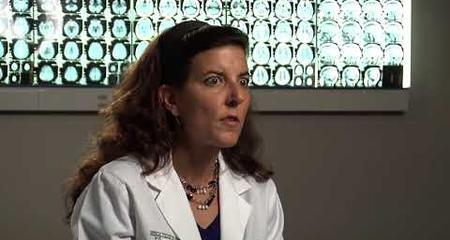Essential tremor and other tremors are nerve disorders which occur when a person moves or tries to move. The cerebellum, a part of the brain that coordinates muscle movements, does not appear to work properly in these patients. Patients are most commonly over age 65, but symptoms can begin in childhood. Tremor can be the symptom of a variety of neurological conditions.
In addition to tremors, symptoms may include trouble with handwriting.
Types of Tremor
Tremors are grouped by the following categories.
Essential Tremor
Essential tremor is a tremor not tied to any other condition. The cause of essential tremor is not known, but it likely has a genetic basis, and often times several generations of a family are affected. Essential tremor is most often seen in the hands, however it’s rhythmic shaking can affect almost any part of the body, including the legs, head and voice.
Familial Tremor
Familial tremor is an essential tremor that occurs in more than one member of a family.
Physiologic Tremor
Physiologic tremor is a fine tremor that occurs in all contracting muscle groups, especially in the hands, and is most often accelerated by stress, anxiety, medications and caffeine.
Primary Orthostatic Tremor
Primary orthostatic tremor is a unique syndrome, identified by a high frequency of tremors in the trunk and legs that occurs only while standing still. There is no tremor or symptoms while sitting or lying down and rarely when walking. It is common to feel dizzy or unsteady when standing up from a seated position. The tremor can be relieved by constantly moving the feet or marching in place.
Task and Position-Specific Tremor
Task and position-specific tremor is a tremor that occurs when a specific task is undertaken, such as writing.
Diagnosing Essential Tremor
Diagnosis is made after obtaining a complete medical history (including family history) and performing a thorough neurological evaluation. Tests may be ordered to determine if medical or lifestyle factors are contributing to the tremor.
Essential Tremor Treatment
There are a variety of treatments for tremor, including medication.
Deep Brain Stimulation for Tremors
Deep brain stimulation (DBS) has been safely and effectively used to treat essential and other tremors for 20 years when other treatments have failed. The treatment involves a neurostimulator implant that delivers enough stimulation to disrupt the areas that cause your tremors and maintain normal brain activity.
Our experts evaluate each person on a case-by-case basis. There is a window of opportunity when DBS will be an effective treatment. If you wait too long, you may no longer be a good candidate. We will discuss any depression or other mood disorders with you.
In general, DBS should be considered if a person with essential tremor has the following:
- Symptoms for at least three years
- Symptoms that are not adequately controlled with medications
- No significant problems with thinking and memory
Learn more about the DBS procedure, programming, risks and frequently asked questions.
Virtual Visits Are Available
Safe and convenient virtual visits by video let you get the care you need via a mobile device, tablet or computer wherever you are. We'll assess your condition and develop a treatment plan right away. To schedule a virtual visit, call 414-777-7700.
More to Explore





